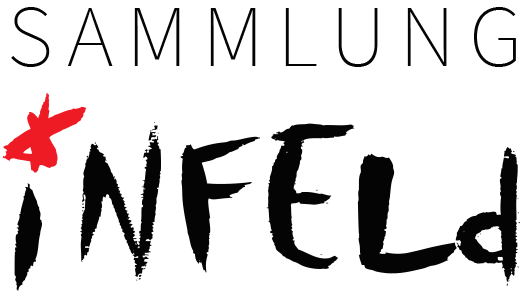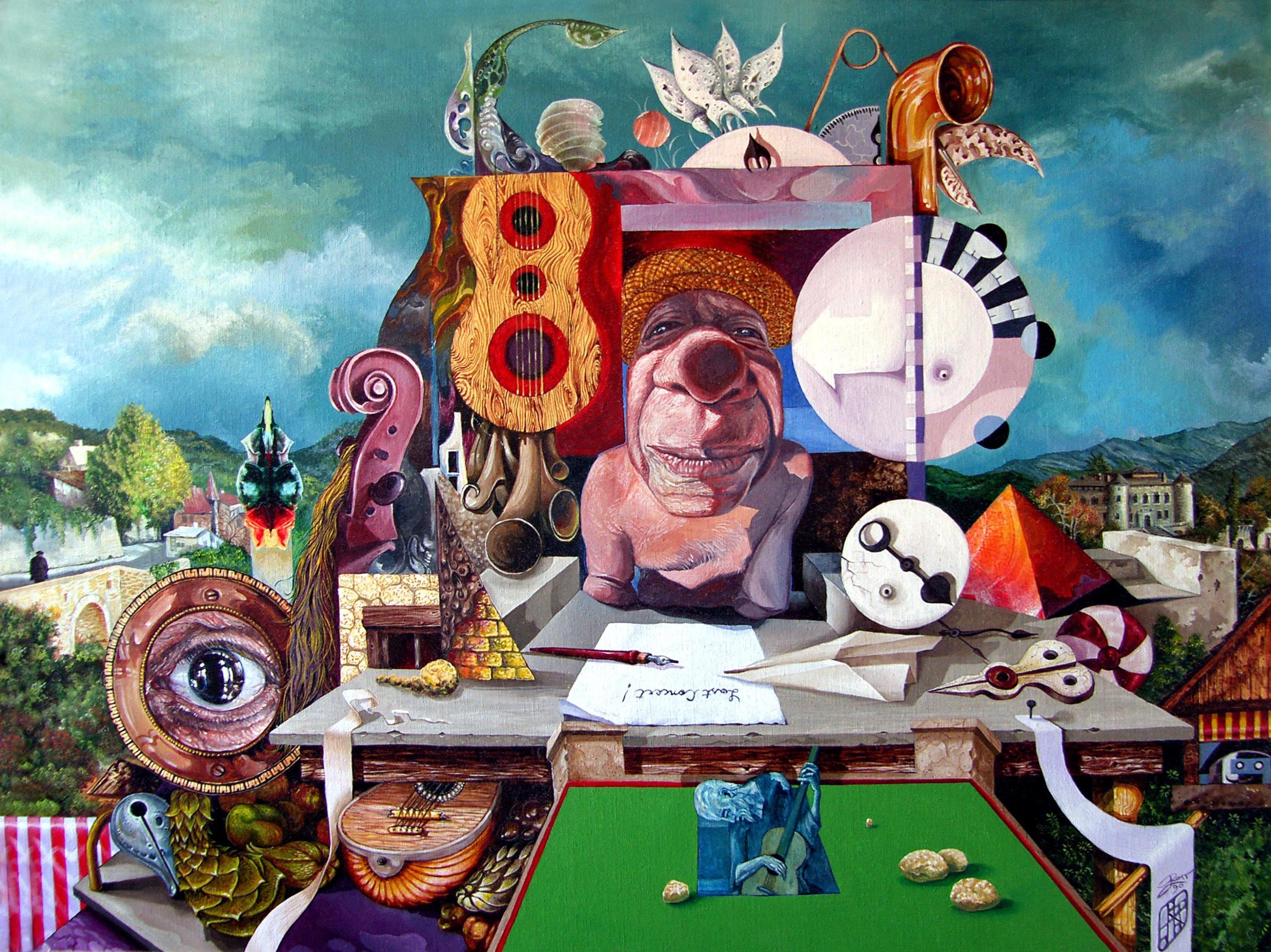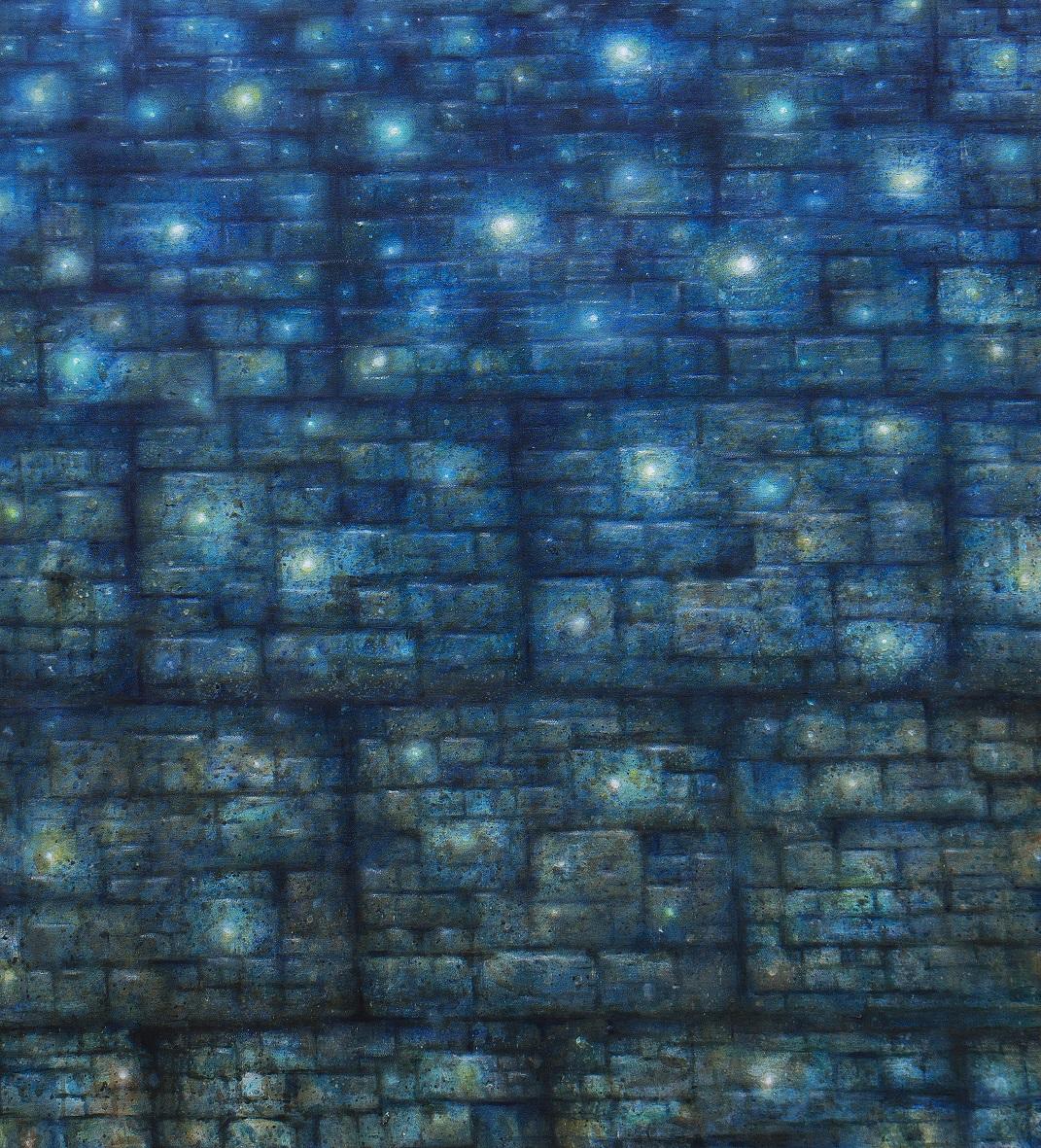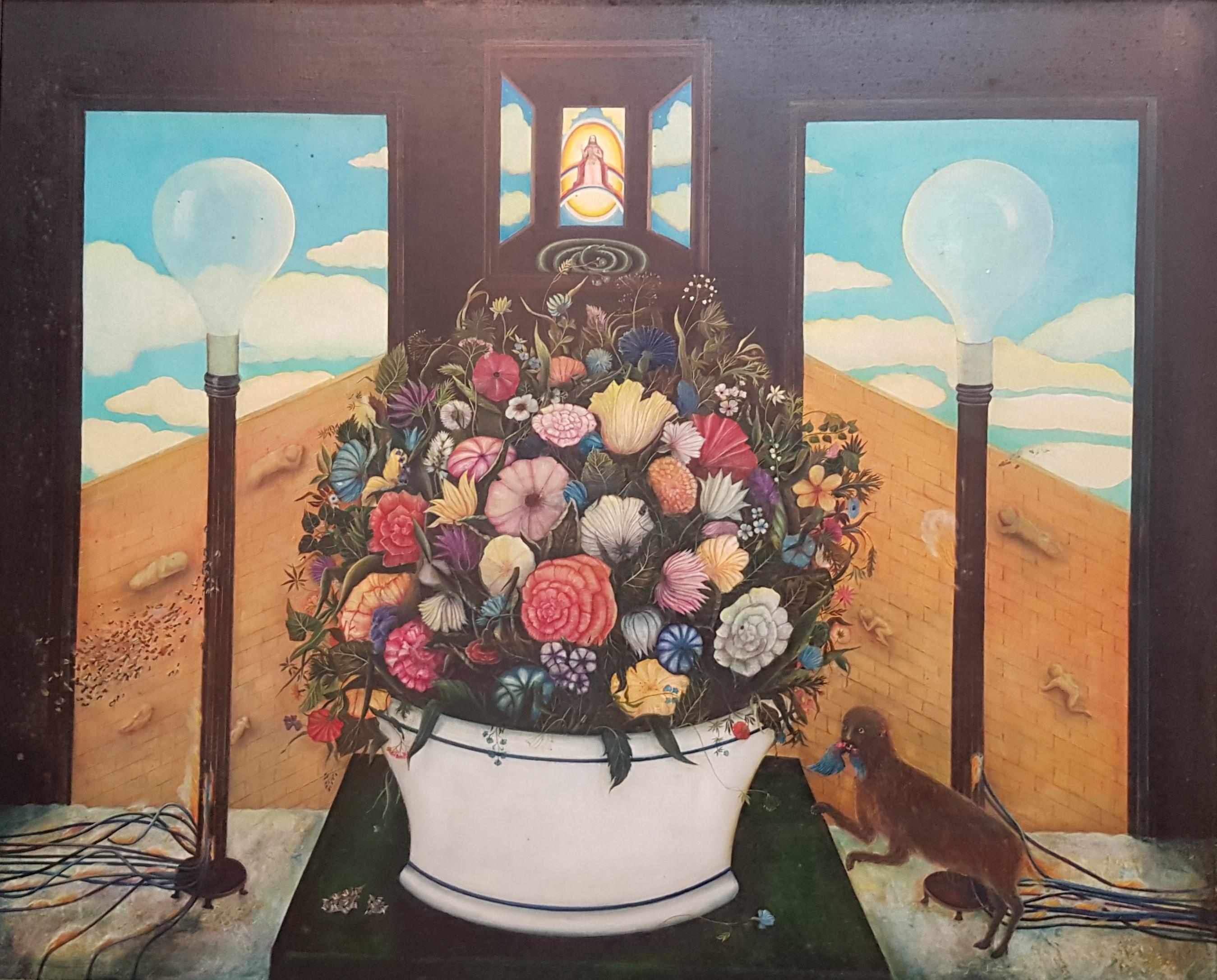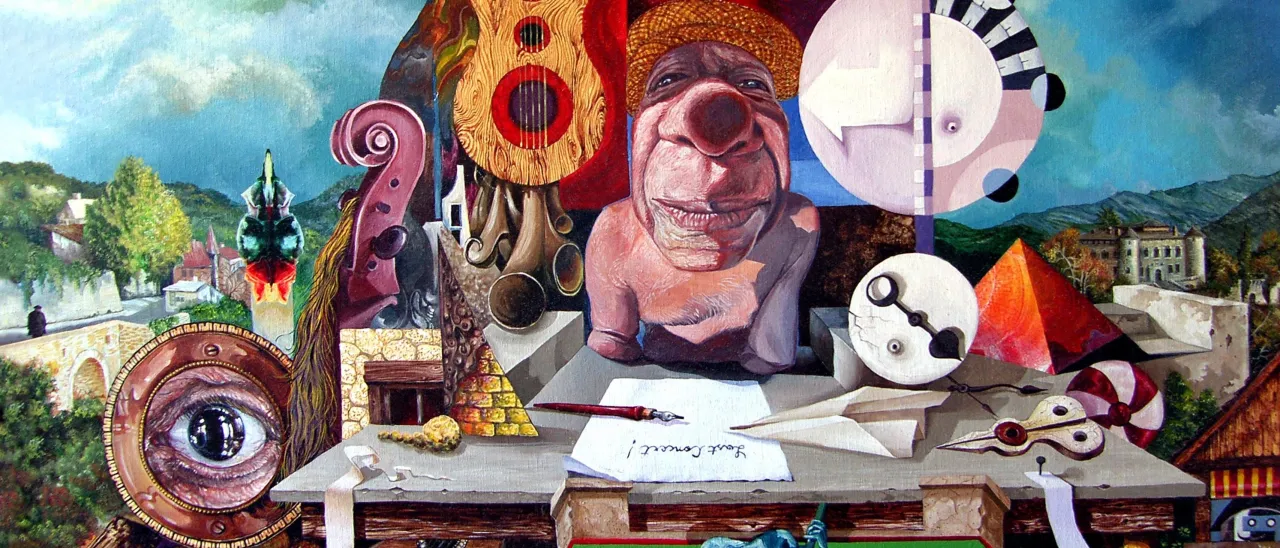
Christmas Exhibition
For 19 years it has been a tradition at the Infeld House of Culture in Halbturn to present contemporary artists before Christmas. This season, exhibits show works by
Otto Rapp
De Es Schwertberger
Cornelia Simon-Bach
All three artists are close to the Vienna School of Fantastic Realism. The works show the will to eliminate reality and create a new, fantastic reality. The presentation gives the impression of mystery. The fusion of realistic and surrealistic form elements leads in different ways with each of the artists to subtly composed spaces and dreamlike-magical lighting effects, sometimes with a threatening mood being apparent.
Otto Rapp (born 1944)
Born 1944 in Felixdorf, Lower Austria, Otto Rapp grew up in Vienna. As a painter, he was initially self-taught; he admired the works of the Vienna School of Fantastic Realism. After serving in the Austrian Air Force, Otto Rapp travelled through Europe, finally settling in 1965 in Stockholm, Sweden. Three years later, he moved to Lethbridge, Alberta, West Canada.
At the University of Lethbridge, Otto Rapp completed his studies in fine arts. Most of his work was created in Canada. This was followed by numerous solo and group exhibitions. The peak of his career came in 1994 in the Prairie Art Gallery in Grande Prairie, Alberta, which earned him the stage name "The Mystic".
In the summer of 2011, the artist returned to his roots in Vienna. About the motives in his works, Otto Rapp says the following: "These are universal archetypes that can be found deep inside a collective unconscious, and although seemingly extra-terrestrial and alien, they are also strangely familiar. I take the viewer into an area that they have previously entered only in a different existence, as well as in dreams. There is a 'method in this madness', but everything comes into existence by excluding conscious guidance. The work seems to grow on its own, like frosted flowers on a windowpane".
De Es Schwertberger (born 1942)
De Es (Dieter) Schwertberger was born 1942 in Gresten, Lower Austria, as the second son of a family of teachers. His father died in World War II, his mother raised the children alone.
Through his mentor Ernst Fuchs, De Es Schwertberger became acquainted with the technique of the Old Masters, which serves as the basis for his further work and search for the artists own expressive possibilities. Schwertberger exhibited the resulting works in Switzerland between 1968 and 1972. There he got to know H.R. Giger - creator of the film monster "Alien" and fantasy of the abysses - and exhibited together with him.
In 1973 Schwertberger was assistant to Ernst Fuchs at the Summer Academy in Reichenau. During this time, his work mainly shows objects and people consisting of cracked rock and stone. About his work Schwertberger says: "The stone man wants instead of the short life of the flesh the long life of the stone and identifies with matter. He wants to counteract the heaviness of the stone body by developing mental powers. He longs for the light, the source of all matter."
In 1974, the artist moved to New York. His choice of topics and style of painting has changed constantly over the decades. His creative path led from a figurative fantasy to an almost abstract mode of expression.
In 1986, De Es Schwertberger returned to Vienna, where he paints and exhibits in his studio "Sinnreich". Since 2015, the artist has once again dedicated himself to the "Stone Universe" motif. In addition to this group of works, the Infeld House of Culture is also exhibiting works from the subject area "Soul Landscapes" as well as two "Planetarians", which are large human figures surrounded by energy patterns and elementary spatial systems.
Cornelia Simon-Bach (1941-2018)
Cornelia Simon-Bach was born 1941 in Konstanz, Germany. After graduation, she was exposed to modern art at the painting school on Lake Constance for the first time and was deeply touched by the magical worlds of Paul Klee and Mark Chagall. She always considered listening to music as indispensable to her life and played the violin herself. Cornelia Simon-Bach has been living in Vienna since the end of the 60s.
Most of her education was autodidactically. She began to paint inspired by the originality of naive painting. The Viennese School of Fantastic Realism exercised great influence on her artistic development. In Old Dutch masters, Cornelia Simon-Bach took the measure of a fantastic figurative painting, full of deep feelings for the mystery of being - overwhelmingly beautiful and unfathomable at the same time.
Her life partner Ernst Steiner wrote about the artist: "Her idea of truth was not compatible with the vague and the casual, so she probably developed such an astonishing craft to suit and satisfy her intellectual demands. In an increasingly soulless world, such a sensitive person as Cornelia Simon-Bach will have to suffer. And this melancholy and suffering in this world is contained and felt in all her works. But she has developed an opposing force with her work, namely poetry. And this love of creation has something invigorating, healing and exciting."
The works of Cornelia Simon-Bach open up dreamlike worlds to the beholder, though they have been given concrete expression to the finest detail, elaborated with oil paints in a skilful glazing technique. They are mostly landscapes, partially fabulously illuminated, with shaded zones, banks, wild landscapes. Still lifes, bouquets, even animals in the foreground captivate the viewer's attention. Figures emerge, several times the bust of a woman, hinting at a stylised self-portrait. Technical props and strange constructions interfere and are disturbing, as are many planted death symbols.
The works of Cornelia Simon-Bach refuse a conclusive interpretation, Ernst Fuchs calls these "riddle pictures" and writes: "At first glance, it can be seen that something ambiguous is expressed that requires interpretation, as everything that comes to consciousness from the unconscious, with the demand to be recognised."
